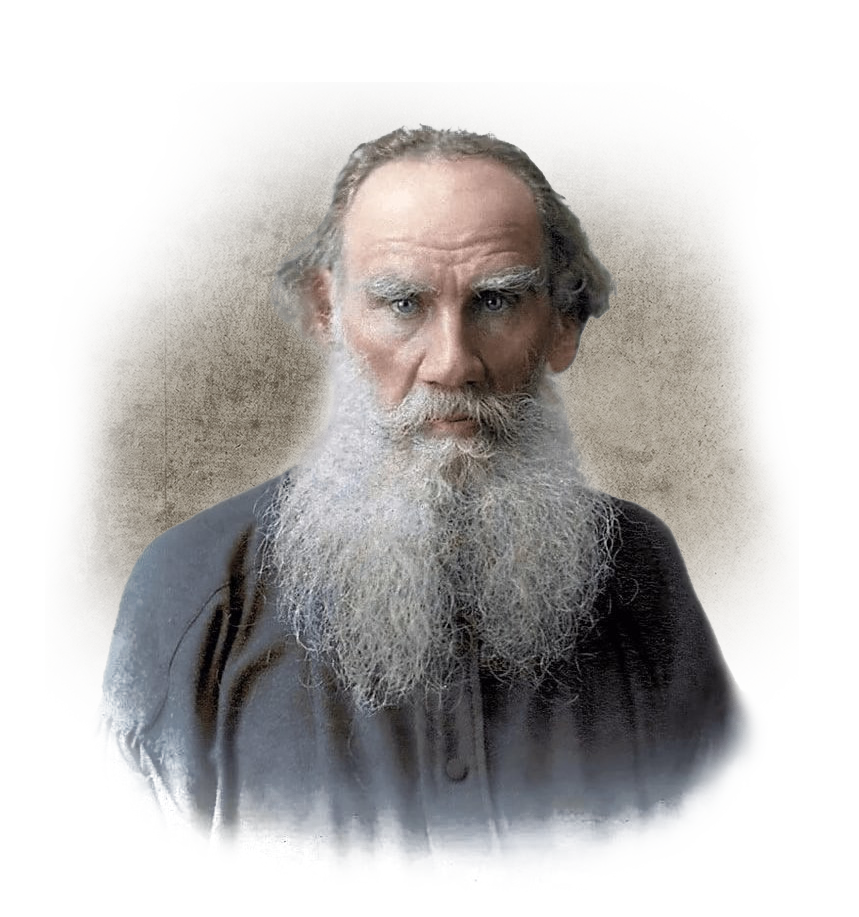
29.12.2023
Leo Tolstoy, the great Russian writer of the 19th century, is known for his skill in creating picturesque and complex characters. In his works, female images play a significant role, not only bring intrigue and emotional depth, but also actively influence the development of the plot and subject matter.
Leo Tolstoy, the great Russian writer of the 19th century, is known for his skill in creating picturesque and complex characters. In his works, female images play a significant role, not only bring intrigue and emotional depth, but also actively influence the development of the plot and subject matter.
Tolstoy brilliantly illuminates female characters in his works. From Natasha Rostova in War and Peace to Anna Karenina, each image has its own unique depth and complexity. Natasha Rostova, with her passion and energy, appears to the reader as the embodiment of youth and hope. Anna Karenina, on the other hand, symbolizes tragedy and sadness, facing irreconcilable social norms. In addition to these images, Tolstoy created a number of other female characters, each of whom brings their own unique shade of emotion and character to the works.
Female characters do not just complement the storylines of Tolstoy’s works, they determine the key turns of events. Natasha Rostova’s decisions influence the lives of many characters in War and Peace, and her development from an immediate girl to a mature woman simultaneously reflects the changes in Russian society at that time. Anna Karenina, having become the central figure in the novel of the same name, bears the burden of rejection from society and self-destruction, questioning existing moral values. Her fate embodies the tragedy of an individual trying to resist social restrictions.
Tolstoy’s women are also the bearers of moral and philosophical ideas. Their inner world and moral principles often clash with public expectations and sometimes lead to internal conflicts, which makes their characters even more attractive for analysis.
The female images in Leo Tolstoy’s works are not only important plot elements, but also symbolize a wide range of human emotions and dilemmas. They help readers understand the social and ethical problems faced by people of that time, and remain relevant in our time, reflecting the eternal themes of love, suffering and self-sacrifice.
Each female image of Tolstoy is not only a literary character, but also a piece of complex and interesting psychology embedded in the books of the great writer, allowing the reader to learn more about human nature and society of that era.
You may also like:

29.12.2023
The life path of Leo Tolstoy

29.12.2023
Tolstoy's role in world literature: the legacy of a great writer

28.12.2023
The historical accuracy of "War and Peace" by Leo Tolstoy and its impact on the perception of Russian history

28.12.2023
Leo Tolstoy as a public figure and his views on education and culture
